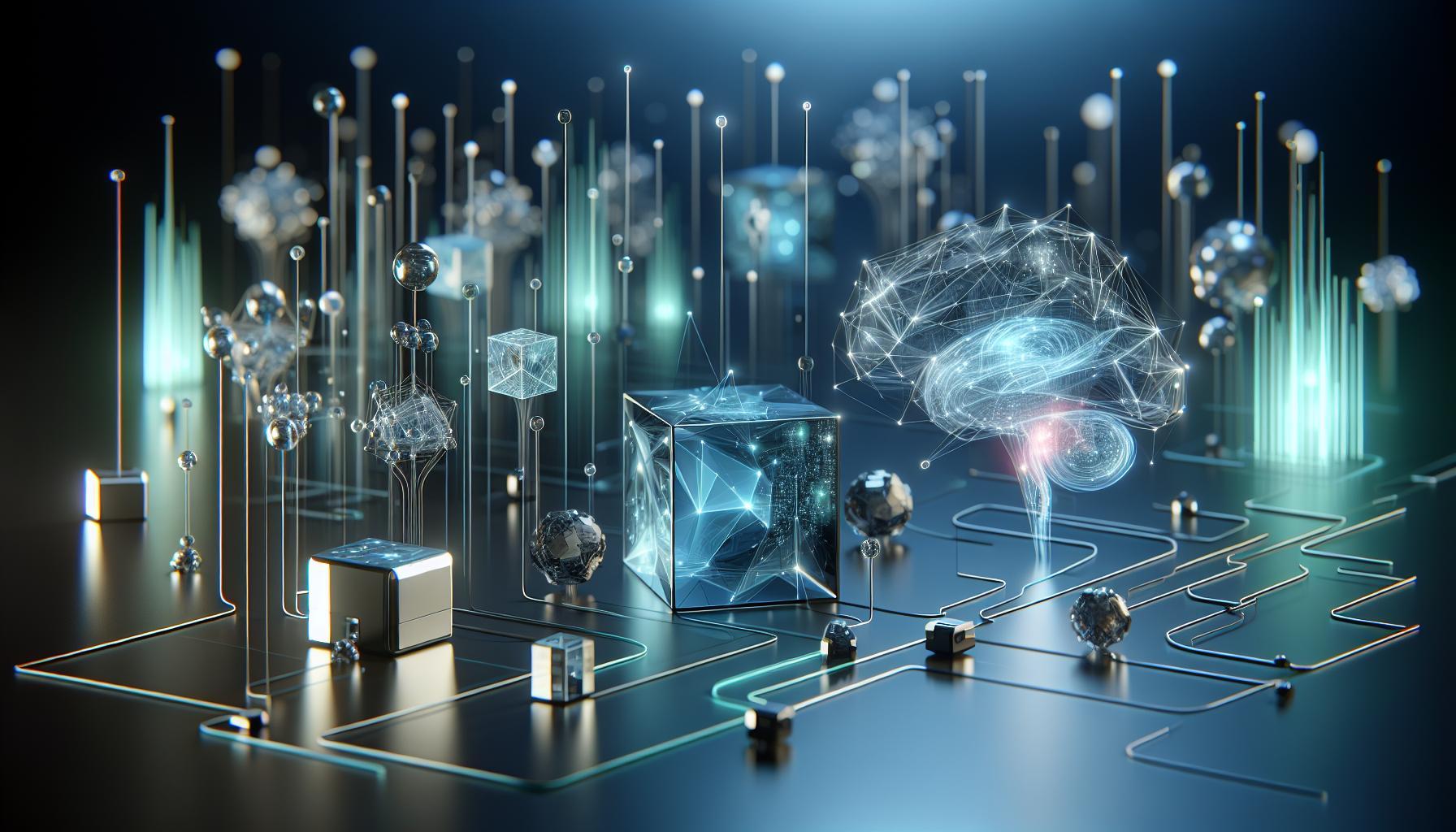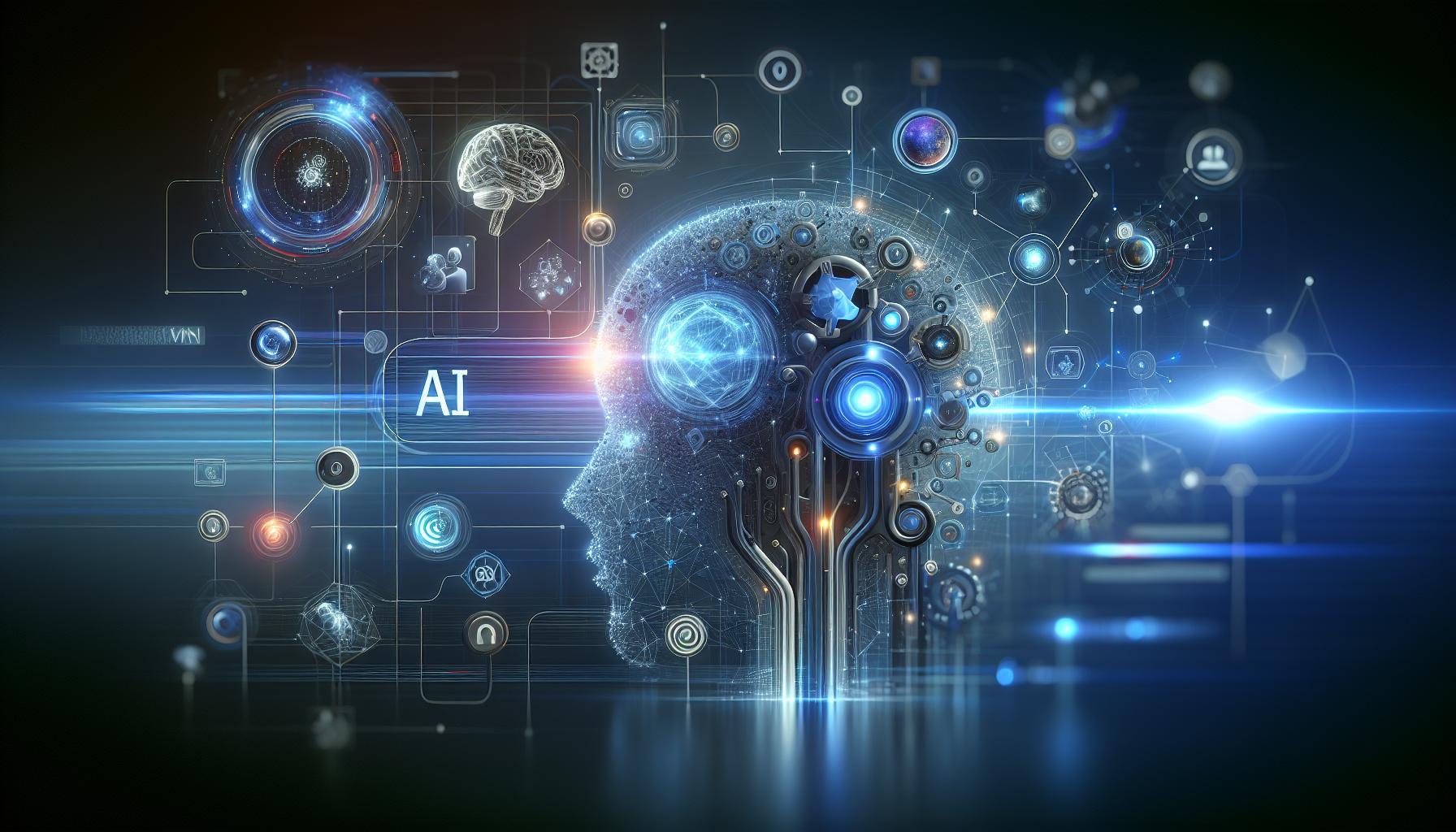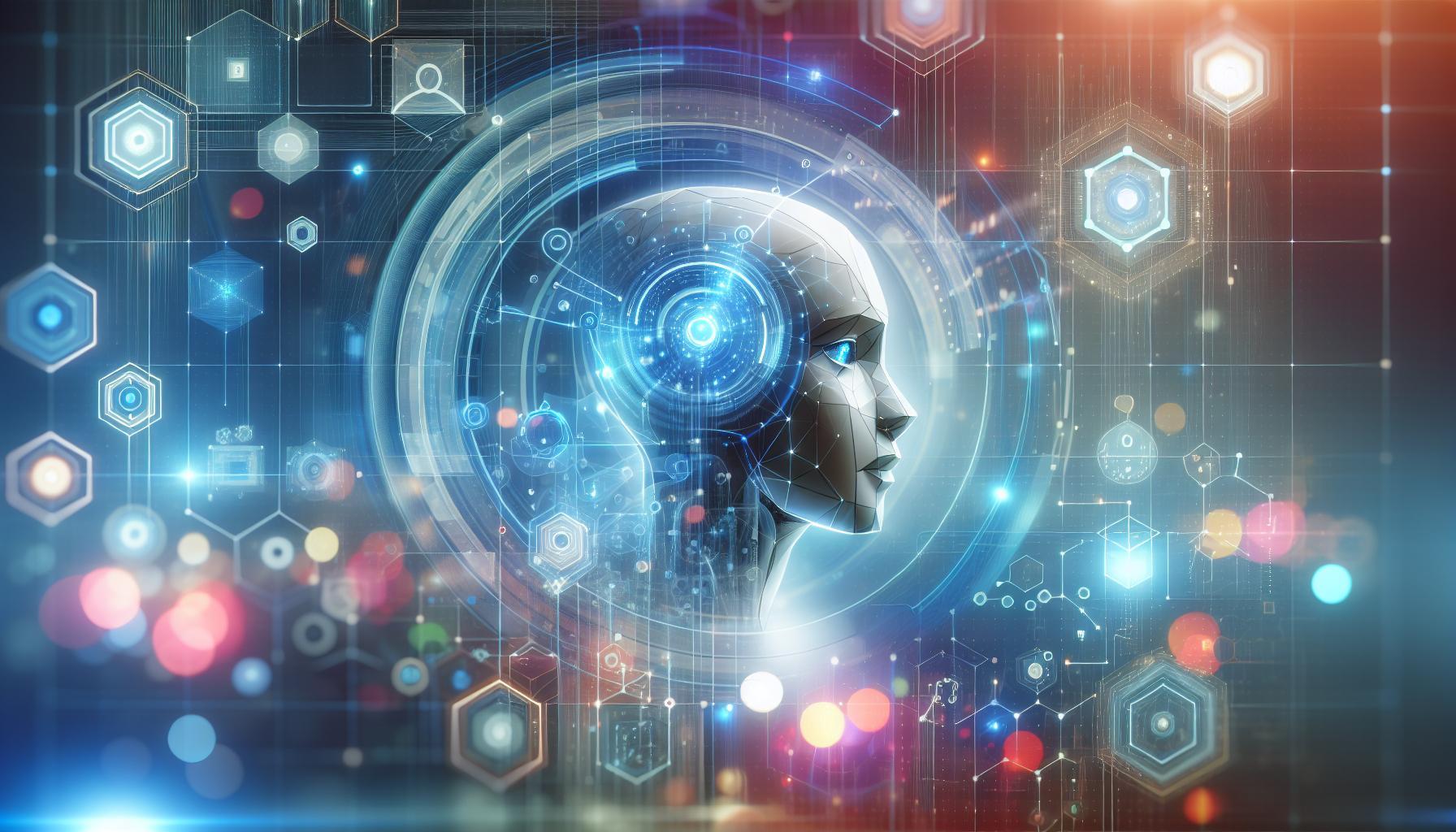In an era where traditional education faces significant challenges, innovative solutions are crucial for effective learning. Labster harnesses the power of artificial intelligence to transform science education, offering personalized and adaptive virtual lab experiences. This integration not only enhances student engagement but also improves educational outcomes, making cutting-edge science accessible to all learners.
Understanding AI and Its Role in Education
To thrive in today’s digital landscape, educators and students alike must adapt to the rising tide of artificial intelligence (AI). AI is not merely a buzzword; its integration into educational platforms is transforming the learning experience significantly. One of the trailblazers in this domain is Labster, which harnesses AI technology to create a more personalized, immersive, and engaging science education environment. By employing advanced algorithms and tailored experiences, Labster sets a new standard in online learning, demonstrating the immense potential of AI in education.
The Impact of AI on Learning Experiences
Labster employs AI to enhance its virtual lab simulations, thereby enriching the educational journey for students. This integration means that learners can engage with science concepts through interactive scenarios that mirror real-world lab procedures. Key benefits of Labster’s AI-driven approach include:
- Personalization: AI algorithms assess individual student performance to tailor learning paths that meet specific needs, allowing students to learn at their own pace.
- Engagement: Through gamified elements and realistic simulations, AI fosters a more engaging learning atmosphere, making science more accessible and exciting.
- Feedback and Assessment: Immediate, AI-generated feedback aids students in understanding their mistakes and improving upon them, promoting a growth mindset in science education.
Examples of AI in Action
In practical terms, the AI utilized by Labster allows for customizable lab experiences that adapt to varying levels of student knowledge and skill. For instance, a student struggling with a particular concept may receive additional resources or altered challenges designed to reinforce that topic. Conversely, advanced learners can be presented with more complex scenarios to challenge their understanding further. This adaptability ensures that all students, regardless of their starting point, can benefit from a learning experience tailored to their needs.
Challenges and Future Directions
While the benefits are substantial, it is crucial to acknowledge the challenges that accompany the adoption of AI in education. Concerns regarding data privacy, the need for robust infrastructure, and the potential for technological inequality are all areas that require attention as AI continues to evolve. However, Labster’s commitment to research and development positions it as a leader in addressing these issues, making strides in ensuring equitable access to AI-enhanced learning tools.
In conclusion, the transformative power of AI in platforms like Labster illustrates a pivotal shift in how science education can be delivered. As AI technology advances, educators are presented with unparalleled opportunities to enhance learning experiences, paving the way for a more effective and engaging educational landscape. Embracing these innovations will be essential for preparing students for future challenges in science and beyond.
How Labster Integrates AI into Virtual Labs
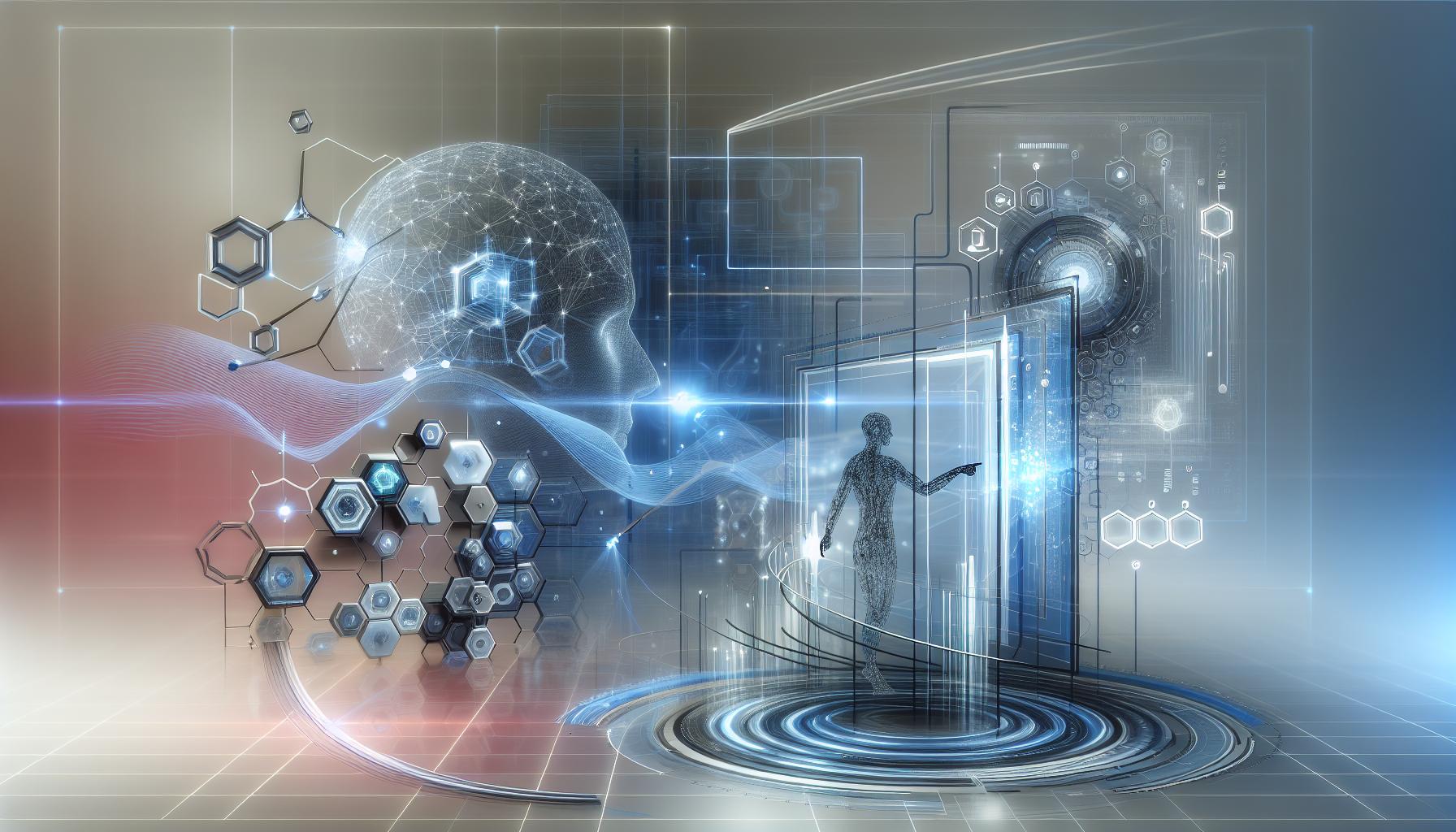
Labster brings a new dimension to the virtual lab experience by effectively integrating artificial intelligence (AI) in various ways, making learning more engaging and informative. The platform leverages AI to analyze each student’s interaction and performance in real time, tailoring the educational experience to fit individual learning styles and preferences. This means that as students navigate through over 300 different simulations across biology, chemistry, and physics, Labster’s AI adapts the complexity and type of content presented based on their current understanding, ensuring optimal learning pathways are created.
How AI Enhances Personalization
One of the standout features of Labster’s AI integration is its ability to provide personalized feedback and learning opportunities. As students complete simulations, the AI evaluates their progress and comprehension, allowing the system to recommend specific lessons or adjustments to their learning trajectory. This dynamic approach fosters a deeper understanding of complex scientific concepts by keeping learners engaged with material that is relevant to their learning needs. For instance, if a student struggles with a particular experimental technique, the AI might prompt additional resources or practice scenarios that focus on that area.
Additionally, Labster’s commitment to continuous improvement means the platform regularly updates its AI algorithms based on user data and feedback. This iterative process helps educators understand where students may face challenges, enabling more focused support and enhancing overall course effectiveness. Teachers can use this data to optimize lesson plans and address common misunderstandings, creating a ripple effect that benefits the entire classroom experience.
Real-World Applications of Labster’s AI
The impact of Labster’s AI integration extends beyond theoretical applications; it equips students with skills that are highly valuable in real-world contexts. For example, medical and engineering students can simulate practical scenarios requiring critical thinking and problem-solving in a risk-free environment. The AI not only supports these simulations but also assesses how well students perform under pressure, mirroring real-life situations they may encounter in their careers.
To illustrate the breadth of Labster’s capabilities, consider the following table that summarizes key AI functionalities:
| Feature | Description | Benefits |
|---|---|---|
| Personalized Learning Paths | AI analyzes student performance to customize learning experiences | Increased engagement and understanding |
| Real-Time Feedback | Immediate insights on performance during simulations | Helps students identify areas for improvement |
| Data-Driven Insights for Educators | Analytics on student progress and challenges | Informs targeted instruction and resource allocation |
Labster’s innovative approach demonstrates how integrating AI into virtual labs not only enhances the learning experience but also equips students with the skills needed for future success. The use of artificial intelligence in educational technology, as exemplified by Labster, represents a significant leap forward in how science education is delivered, ensuring students can thrive in an increasingly complex world.
Enhancing Learning Outcomes: AI-Driven Personalization
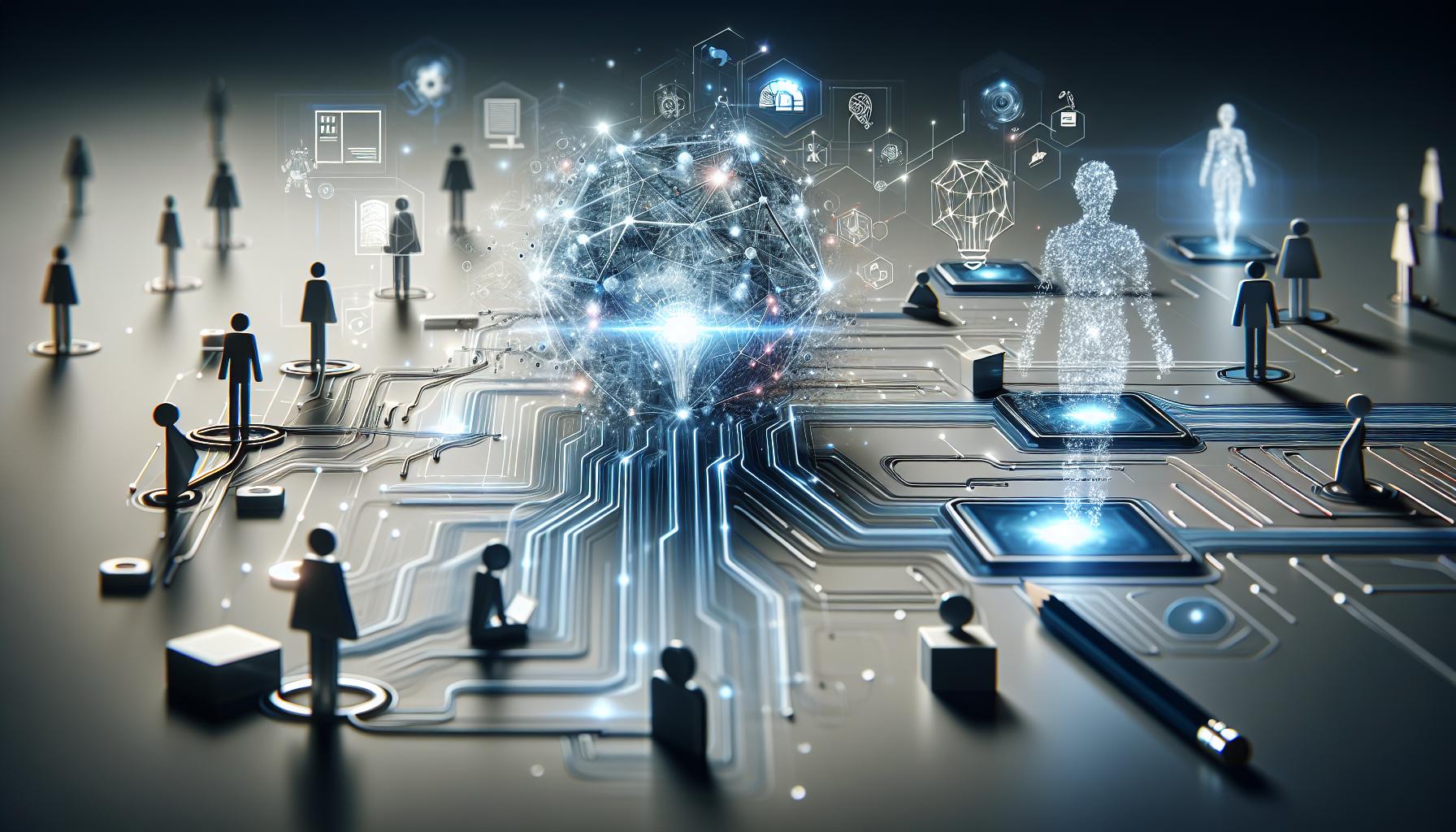
In today’s educational landscape, personalization is not just an added value; it’s a critical component of effective learning experiences. With AI technology, organizations like Labster are transforming how science education is delivered, making it not only more engaging but also vastly more effective. By tailoring educational content to individual learning preferences and needs, AI-driven personalization can significantly enhance learning outcomes, ensuring students grasp concepts more deeply and retain information longer.
Tailored Learning Experiences
AI personalization enables a unique and tailored approach to education. Instead of a one-size-fits-all model, Labster utilizes algorithms that analyze student interactions within its virtual lab environments. As learners engage with content, AI systems gather data on their performance, preferences, and pacing. This information allows Labster to generate customized learning pathways that adapt in real-time, presenting the most relevant resources, interactive simulations, and quizzes according to each student’s unique learning style.
- Adaptive assessments: Regular evaluation tailored to a student’s current understanding helps to ensure they master foundational topics before progressing.
- Targeted feedback: Immediate feedback on performance highlights areas for improvement, guiding students toward the most effective study strategies.
- Resource recommendations: AI suggests additional readings or interactive modules based on individual performance metrics, further personalizing the learning journey.
Building Confidence and Engagement
The application of AI in educational settings like Labster also fosters greater student engagement by providing a learning experience that resonates with individual learners. When students see content that is relevant and attuned to their learning pace, they are more likely to engage deeply and consistently. This engagement is paramount in science education, where the complexity of topics can often intimidate students. By leveraging AI-driven insights, Labster can make science approachable, allowing students to experiment, explore, and visualize concepts in a risk-free virtual environment.
Real-World Applications
Educational institutions employing AI personalization report measurable improvements in student performance. For example, studies indicate that tailored learning pathways can increase course completion rates by over 30%. Additionally, when students have access to adaptive learning technologies, they demonstrate a greater willingness to engage with complex subjects, significantly improving both retention and application of knowledge.
| Feature | Impact on Learning Outcomes |
|---|---|
| Adaptive Learning Paths | Increased engagement and understanding of foundational concepts |
| Personalized Feedback | Immediate corrections lead to faster mastery of content |
| Resource Recommendations | Encourages exploration and enhances content retention |
By employing such strategies, Labster is not just answering the question, “Does Labster use AI?” — it is also demonstrating a powerful revolution in how science education can harness technology to optimize learning outcomes and prepare students for real-world applications of their knowledge.
The Science Behind AI Simulations: Making Concepts Clear
The journey of learning in science is often laden with complexity and abstract concepts. However, with the advent of artificial intelligence, particularly through platforms like Labster, these challenges can be transformed into engaging, interactive experiences. By utilizing AI-driven simulations, students can explore and manipulate scientific phenomena in ways that traditional learning methods simply cannot match. This immersive experience not only aids understanding but also cultivates a deeper interest in science among learners.
How AI Enhances Learning Through Simulations
AI simulations offer a unique approach that goes beyond textbook learning. Here are several ways in which these simulations revolutionize the educational landscape:
- Personalized Learning: AI can adapt simulations in real-time to meet the individual needs of each student, providing tailored feedback that enhances comprehension.
- Safe Learning Environment: Students can experiment with concepts without the typical risks associated with physical labs. This freedom encourages exploration and fosters a hands-on understanding of scientific principles.
- Instant Feedback: Unlike traditional learning environments, AI simulations offer immediate responses to user actions, allowing students to learn from their mistakes instantly and adjust their understanding accordingly.
- Engagement Through Gamification: By incorporating game-like elements, these simulations keep students actively involved, turning potentially tedious lessons into exciting challenges.
Real-World Applications in Science Education
The application of AI in science education is not merely theoretical. Platforms like Labster are already implementing these technologies to yield tangible results. For instance, in fields such as medicine and biology, students can practice surgical techniques or biochemical experiments through lifelike simulations, giving them a better grasp of the material. Research shows that students engaged with simulation-based learning perform better on assessments and retain knowledge longer compared to those using traditional methods [[1]].
As the educational landscape continues to evolve, the integration of AI into science education presents a compelling case for a paradigm shift in how concepts are taught and understood. The innovative techniques leveraged by platforms like Labster are setting new standards for educational involvement and effectiveness, ultimately leading to a more scientifically literate society.
Bridging Theory and Practice with AI in Labster
In the rapidly evolving landscape of science education, bridging the gap between theoretical knowledge and practical application is more critical than ever. Labster, an innovative platform that incorporates advanced AI-driven simulations, provides a unique avenue for students to engage with complex scientific concepts in a virtual lab setting. By allowing learners to experiment in a safe, risk-free environment, Labster transforms traditional education, making it easier for students to grasp intricate theories through hands-on experience.
Through Labster’s immersive simulations, students can apply theoretical principles directly in a controlled setting. This not only enhances their understanding but also builds confidence in their practical skills. As they navigate through a variety of scenarios, such as conducting experiments in microbiology or exploring chemical reactions, students can experiment with different variables and observe the outcomes in real time. This interactive approach promotes critical thinking and problem-solving skills, essential competencies in today’s science fields.
Real-World Application of AI in Labster
One of the standout features of Labster is its ability to adapt to various teaching styles and educational needs. Educators can integrate these engaging simulations into their curricula, allowing them to cater to diverse learning preferences. For instance, a teacher may utilize Labster’s tools to complement a traditional lecture, reinforcing concepts through visual and practical engagement. By consistently using AI-driven platforms like Labster, educational institutions can see significant improvements in student motivation and performance.
- Enhanced Engagement: Students often report feeling more engaged and motivated when using Labster compared to traditional lab experiences.
- Improved Learning Outcomes: A UNAB study found that incorporating Labster significantly increased course completion rates, showcasing its effectiveness as a pre-lab tool.
- Accessible Learning: Labster ensures that quality education and lab experiences are accessible, regardless of geographical limitations.
In summary, Labster exemplifies the potential of AI to revolutionize science education by seamlessly blending theory and practice. As educational institutions increasingly recognize the importance of experiential learning, platforms like Labster are paving the way for a more interactive and effective approach to teaching STEM subjects. By embracing these tools, educators can ensure that their students are not only learning theoretical concepts but also applying them in practical, real-world scenarios that prepare them for future scientific endeavors.
The Future of Science Education: AI Innovations on the Horizon
The integration of AI in science education is not just a trend; it represents a seismic shift in how educational experiences are designed and delivered. Tools like Labster are at the forefront of this revolution, harnessing the power of artificial intelligence to create immersive, interactive learning environments that enhance students’ understanding of complex scientific concepts. With advancements in technology, students can now engage in virtual lab experiences that were once only possible in physical classrooms, making science education more accessible and effective.
Personalized Learning Paths
AI technologies can tailor educational experiences to meet individual learners’ needs. Instead of a one-size-fits-all approach, platforms like Labster utilize AI algorithms to analyze students’ performance and adapt subsequent learning modules accordingly. This means that:
- Students can focus on areas where they struggle, receiving additional resources and practice in real-time.
- Advanced learners are challenged with more complex tasks, pushing their boundaries and fostering deeper comprehension.
By providing customized feedback and guidance, these innovations create a more engaging and efficient learning process that can significantly boost knowledge retention.
Simulation and Virtual Reality
One of the hallmark features of Labster is its use of lifelike simulations and virtual reality (VR). Students can conduct experiments in a safe and controlled environment, allowing them to experiment without the limitations or risks associated with traditional laboratory settings. For instance, they can:
- Manipulate lab equipment through virtual interfaces, gaining practical experience.
- Explore complex biological processes or chemical reactions at their own pace.
These immersive experiences not only make learning more enjoyable but also help students gain confidence in their scientific abilities, ultimately preparing them for real-world applications in various fields.
Enhancing Collaboration and Communication
AI also fosters collaboration among students and educators. Tools integrated with AI can facilitate group projects by streamlining communication and enabling collaborative problem-solving. For example, Labster allows:
- Groups of students to work together in virtual labs, conducting experiments simultaneously.
- Teachers to monitor group dynamics and provide targeted assistance based on group performance data.
Such collaborative experiences encourage peer learning and expose students to different perspectives, enriching their educational journey.
By capitalizing on AI innovations, science education is moving towards a more dynamic, flexible, and student-centered approach. As technologies evolve and platforms like Labster continue to refine their offerings, the future of science education promises to be more inclusive, engaging, and effective in preparing learners for the challenges of tomorrow.
Tips for Educators: Leveraging Labster’s AI Features
To maximize the potential of Labster’s innovative AI features, educators can implement several strategies that enhance the learning experience for students in STEM fields. By tapping into the strengths of this platform, teachers can create engaging and interactive environments that foster deeper understanding and retention of complex scientific concepts.
Personalized Learning Paths
One of the standout features of Labster’s AI-driven simulations is their ability to adapt to the individual learning pace and style of each student. Educators can leverage this by monitoring student interactions within the simulations and adjusting assignments based on their performance. For instance, if a student struggles with a particular concept like enzyme activity, educators can recommend specific simulations that focus on that area, thus providing tailored support.
- Use analytics: Regularly review student performance metrics available in Labster’s dashboard to identify patterns and areas needing additional focus.
- Encourage exploration: Allow students to explore simulations on their own, promoting self-directed learning while utilizing AI feedback to guide their progress.
Integrating Simulations into Curriculum
Incorporating Labster’s simulations into the existing curriculum can enhance traditional teaching methods. Educators can assign pre-lab simulations to prepare students for hands-on laboratory experiences, or use them as a post-lab tool to reinforce what was learned in the physical lab. This dual approach reinforces learning outcomes and provides a comprehensive educational experience.
| Assignment Type | Labster Simulation Use |
|---|---|
| Pre-Lab Preparation | Assign simulations related to the upcoming lab work. |
| Post-Lab Review | Utilize simulations to revisit concepts covered in the physical lab. |
| Homework Assignments | Incorporate simulations as part of homework to reinforce learning. |
Engaging Students Through Gamification
Labster’s immersive environments not only simplify complex topics but also gamify learning. Educators can challenge their students by setting up competitions based on simulation performance, encouraging teamwork and healthy competition. This approach not only motivates students but also enhances engagement and retention rates for difficult subjects.
- Organize challenges: Host simulation competitions where students can work in teams to solve problems or complete certain tasks more efficiently.
- Reward achievements: Acknowledge top performers to encourage further participation and effort.
By strategically incorporating Labster’s AI-powered features into their teaching, educators can transform the learning landscape, ensuring that the question “Does Labster Use AI? Revolutionizing Science Education” yields not just theoretical answers but practical and impactful classroom applications.
Real-World Applications: How AI Prepares Students for Careers
In the rapidly evolving landscape of education, the integration of artificial intelligence not only enhances learning but also equips students with essential skills for future careers. By harnessing advanced AI technologies, educational platforms like Labster simulate real-world scientific environments, allowing students to engage with complex concepts in a hands-on manner. Such immersive experiences prepare learners for careers in science and technology by fostering critical thinking, problem-solving, and collaborative skills.
Real-World Experience Through Simulation
Students exposed to virtual labs can experiment with scenarios that may be impractical or impossible in a traditional classroom setting. For instance, Labster’s AI-driven platforms provide access to a wide range of experiments, from genetic engineering to chemical reactions, all within a controlled virtual environment. This exposure allows students to:
- Understand real-world applications of theoretical knowledge.
- Develop technical skills relevant to scientific careers.
- Gain confidence in their abilities to conduct experiments and analyze data.
The hands-on nature of these simulations not only enhances engagement but also mirrors the kind of critical skills sought after by employers in fields such as biotechnology, pharmaceuticals, and environmental science.
Personalized Learning Paths
AI technologies also enable personalized learning experiences, adapting to individual student needs and learning speeds. For instance, Labster utilizes AI to assess each student’s progress and customize the curriculum accordingly. This tailored approach helps students to:
- Address knowledge gaps effectively.
- Advance their understanding at a comfortable pace.
- Engage with content that is relevant to their career aspirations.
Such personalization not only boosts academic performance but also prepares students for career success by aligning their learning journey with industry standards and expectations.
Collaboration and Communication Skills
Moreover, AI-powered platforms encourage collaboration among students, mimicking team-based environments prevalent in many career fields today. Through virtual labs, students can work together on projects, share findings, and discuss their approaches, mirroring the collaborative work dynamic of modern workplaces. This group interaction fosters vital skills such as:
- Effective communication of complex ideas.
- Interpersonal skills through teamwork.
- Conflict resolution and leadership abilities.
By engaging in this collaborative learning, students are not only better prepared for scientific roles but also emerge as effective communicators and team players, traits that are highly valuable in any professional setting.
In summary, AI’s role in educational platforms like Labster creates a rich environment that prepares students for future careers by combining theoretical knowledge with practical application and essential interpersonal skills. As students navigate these innovative learning experiences, they are equipped with the tools necessary to thrive in a competitive job market.
Faq
What is Labster and how does it use AI in science education?
Labster is an online platform that offers virtual science simulations to enhance learning. It employs artificial intelligence (AI) to create personalized educational experiences, making complex concepts more accessible to students.
By using AI-driven technologies, Labster enables students to conduct experiments in a virtual environment, which helps them grasp scientific principles without needing physical lab equipment. This innovative approach revolutionizes how science is taught in classrooms.
Does Labster use AI to improve learning outcomes?
Yes, Labster utilizes AI to enhance educational outcomes by personalizing the learning experience. This allows students to learn at their own pace, thereby improving their understanding and retention of complex topics.
The AI can analyze student performance and adjust the difficulty of simulations in real-time. Moreover, features like intelligent tutoring and adaptive learning help engage students more effectively, making the learning process both interactive and tailored to individual needs.
Why does Labster incorporate AI in its simulations?
Labster incorporates AI to make science education more engaging and effective. AI helps to create simulations that closely mimic real-world scientific situations, enhancing the educational experience.
With AI, Labster not only improves the realism of its simulations but also offers personalized feedback to students. This feedback helps learners understand their mistakes and encourages them to develop critical thinking and problem-solving skills.
Can I access Labster’s simulations on different devices?
Yes, Labster’s simulations can be accessed on various devices, including computers, iPads, and Chromebooks. This versatility ensures that students can learn on platforms that are most convenient for them.
Using Labster’s app on mobile devices enhances the user experience, allowing for learning anytime and anywhere. This flexibility is vital for modern education, catering to diverse learning preferences and schedules.
How does Labster’s AI support personalized learning?
Labster’s AI supports personalized learning by analyzing student data and tailoring simulations to fit individual learning styles and paces. This ensures that every student receives a customized educational experience.
With the aid of machine learning algorithms, Labster continuously refines its simulations, helping students engage more deeply with the material. The focus on personalized feedback and support is crucial in educational settings, as it fosters better understanding and retention.
What kind of subjects does Labster cover using AI?
Labster covers a wide range of subjects, including biology, chemistry, and physics, utilizing AI to facilitate learning across these disciplines. The platform also includes specialized topics like microbiology and chemical sciences.
This comprehensive coverage ensures that students can find resources aligned with their curriculum, making Labster a valuable tool in contemporary science education. For more detailed information, you can explore Labster’s offerings through their help center.
How effective are Labster’s AI simulations in teaching science?
Labster’s AI simulations have proven to be very effective in teaching science. They provide immersive learning experiences that help students retain information better than traditional methods.
Research indicates that students who engage with Labster’s virtual labs demonstrate improved problem-solving skills and a deeper understanding of scientific concepts. The combination of interactive elements and AI-generated insights makes learning both enjoyable and impactful.
To Conclude
In conclusion, Labster’s innovative use of AI is significantly transforming science education by enhancing the learning experience through immersive virtual labs. By integrating artificial intelligence, Labster not only enriches the educational journey but also addresses critical issues such as student engagement and course completion rates. The platform has been shown to boost student confidence and motivation, making complex scientific concepts more accessible and relatable. As educators and learners continue to explore the potential of AI in education, Labster stands out as a pioneering force. We invite you to delve deeper into how AI can reshape your learning experience and engage with the cutting-edge resources that Labster offers. Embrace the future of education and uncover the possibilities that await!

